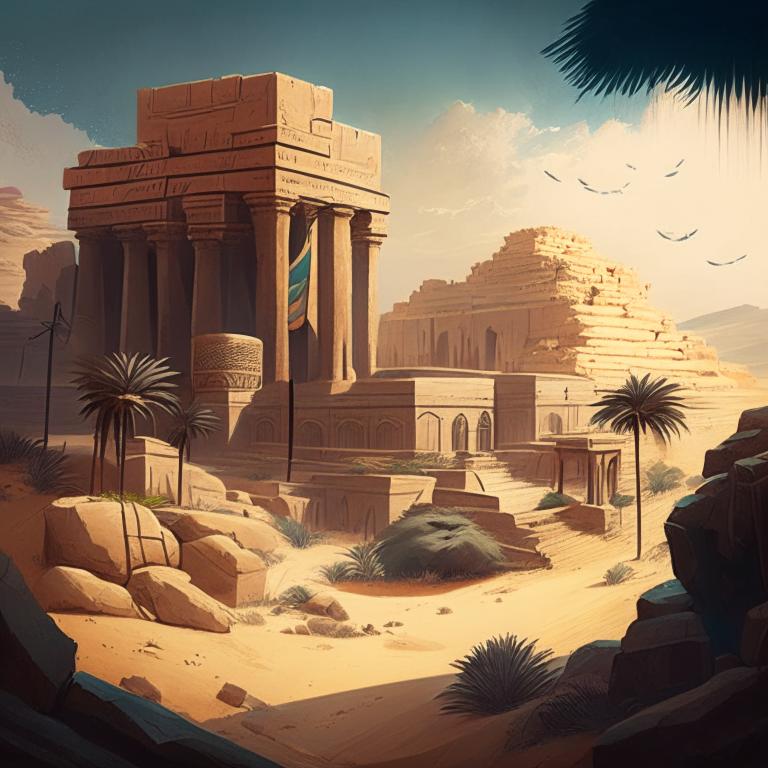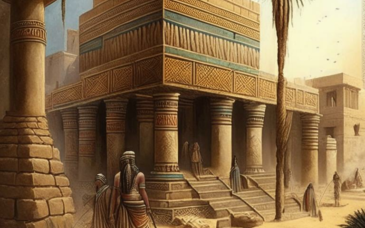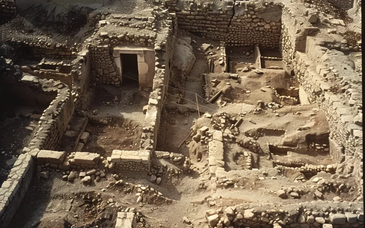Ancient Israel is a term used to describe the history and culture of the Israelites, an ancient Semitic people who lived in the area that is now Israel and Palestine. The history of ancient Israel can be divided into several distinct periods, including the biblical period, the monarchy period, the exile period, and the Second Temple period.
The biblical period, which is also known as the pre-monarchical period, is believed to have begun around the 13th century BCE. This period is known for the stories of the patriarchs, including Abraham, Isaac, and Jacob, as well as the Israelites' slavery in Egypt and their subsequent liberation by Moses. The Israelites' journey through the wilderness and the giving of the Ten Commandments are also major events that took place during this period.
The monarchy period, which began around the 10th century BCE, saw the rise of the Israelite kings, including Saul, David, and Solomon. David's reign is particularly significant as he united the Israelite tribes and established Jerusalem as the capital of Israel. Solomon, David's son, is known for building the first Temple in Jerusalem and for his great wealth and wisdom.
After the death of Solomon, the Israelite kingdom split into two, the Kingdom of Israel in the north and the Kingdom of Judah in the south. The northern kingdom was conquered by the Assyrians in 722 BCE, and the Israelites were taken into exile. The southern kingdom of Judah managed to survive for another century, but it too was conquered by the Babylonians in 586 BCE, and the Israelites were taken into exile again. This period is known as the exile period.
The Second Temple period, which began in 538 BCE with the return of the Israelites to Jerusalem, saw the rebuilding of the Temple and the restoration of Jewish worship and culture. This period also saw the rise of various Jewish sects, including the Pharisees and the Essenes, as well as the emergence of a distinct Jewish identity.
Ancient Israel's culture and religion deeply influenced the Western civilization and its history, as it was the birthplace of Judaism, Christianity, and Islam. The Israelite's religious texts, the Hebrew Bible, is considered as one of the most important religious texts in the world and is still read and studied today.
Studying the ancient Israel's history and culture can give us a deeper understanding of the origins of the Western civilization and its religions. It can also provide a better understanding of the current political situation in the Middle East.







